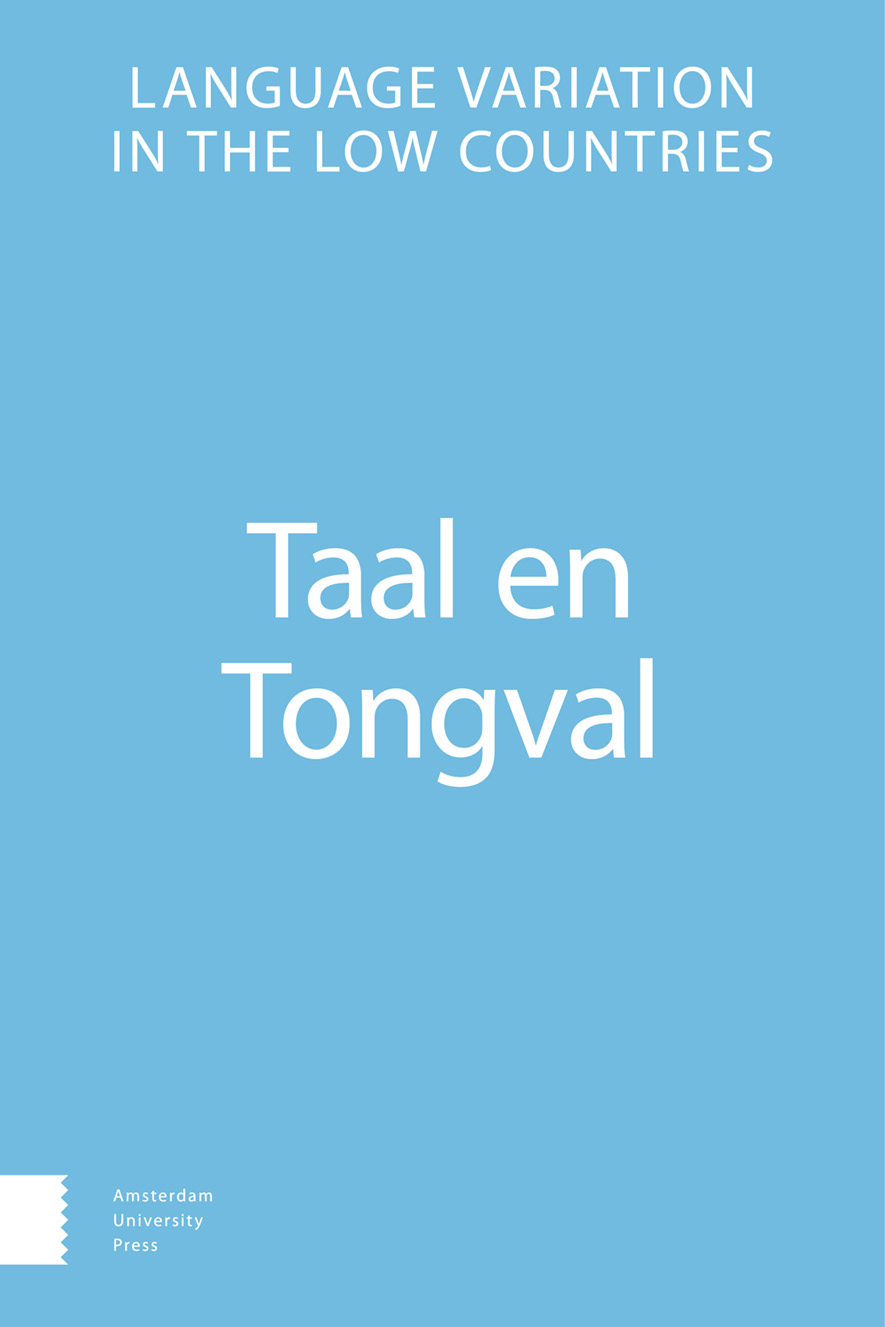- Home
- A-Z Publications
- Taal en Tongval
- Previous Issues
- Volume 61, Issue 3, 2009
Taal en Tongval - Volume 61, Issue 3, 2009
Volume 61, Issue 3, 2009
Language:
English
-
-
Variatie en verandering in het Nederlandse genus: een multidisciplinair perspectief
More LessAuthors: Leonie Cornips & Gunther De VogelaerMet dit themanummer tonen we aan dat zowel het adnominale als het pronominale genus aan variatie en verandering onderhevig is in de dialecten in het Nederlandse taalgebied én het gesproken Standaardnederlands. Een deel van de veranderingen is (nog) niet gesignaleerd door de grammatica’s van het Nederlands zoals de Algemene Nederlandse Spraakkunst (1997:149, ANS) en de Modern Grammar of Dutch (200 Read More
-
-
-
Genus als probleemcategorie
More LessAuthors: Jenny Audring & Geert BooijGender is one of the most intriguing and problematic morpho-syntactic categories of natural languages. Generally, there is no simple correlation between the gender to which a noun belongs, and its semantic, morphological, or semantic properties. This is illustrated by the fact that dialects of Dutch may differ considerably in their classification of nouns with respect to gender. In the case of derived nouns, the suffix may impose Read More
-
-
-
Het genus van leenwoorden in de Vlaamse en Brabantse dialecten in België
More LessAuthors: Georges De Schutter & Johan TaeldemanSouthern dialects of Dutch have a threefold gender differentiation; thus they diverge both from the Dutch standard language (with an opposition between ‘neuter’ and ‘common’ gender) and the common source language of loan words, French (with an opposition between ‘masculine’ and ‘feminine’). This set of divergences inspired us to do some research into gender assignment to loan words in Flemish and Brabantish dial Read More
-
-
-
De dynamiek van hersemantisering
More LessBy Lien De VosThe southern Dutch variety has a traditional, so-called ‘grammatical’ gender system, in which pronouns agree in gender with their antecedent noun, which can be masculine, feminine or neuter. For most nouns, there is no apparent semantic motivation underlying gender assignment. However, this kind of grammatical system may be replaced with a system that makes use of semantically-motivated gender-marked pro Read More
-
-
-
De verspreiding van de -e(n)-uitgang in attributieve positie
More LessAuthors: Koen Plevoets, Dirk Speelman & Dirk GeeraertsThis article focuses on a well-known aspect of masculine nouns in the Southern Dutch dialects that has not received much attention in the literature, however: the fact that attributive elements are optionally inflected with an -e(n)-suffix. The appearance of the -n is moreover regulated by a number of phonological conditions. By means of the Corpus of Spoken Dutch and fourteen determiners that were operationalised a Read More
-
-
-
"Gender" puzzels
More LessAuthors: Jasper Roodenburg & Aafke HulkThe material that we present in this article is the result of a collaboration that started out with intriguing facts from the field of Dutch child language, showing that children –at a certain stage– have recourse to a default determiner in what seemed to make part of their way towards acquiring grammatical gender. By attempting to get grip on the facts, we soon came across the notion of “neuter” –since Dutch is a lan Read More
-
-
-
Feminine gender marking using female-marking suffixes in Standard Dutch
More LessThis paper investigates a non-prototypical use of the Dutch suffixes which are usually attached to a noun to denote a female referent. These suffixes may also be attached to nouns whose referent cannot be described in terms of being female; rather, the nouns in question refer back to an antecedent whose referent is either a group of people or is inanimate. Based on corpus data and attestations from the web, it is conclud Read More
-
-
-
'Het' gaat niet vanzelf. De verwerving van het genus door dove volwassenen en horende tweedetaalleerders
More LessThis article compares the acquisition of Dutch grammatical gender of Dutch deaf adults to the acquisition of hearing Turkish and Moroccan Arabic adult L2 learners. Written data was analysed, collected through a (semi-)spontaneous production task in which learners were asked to write The Frog Story (Mayer, 1969) on the computer. The results show that all learner groups massively overuse the common determiner de to ne Read More
-
Volumes & issues
Most Read This Month
Article
content/journals/00398691
Journal
10
5
false
en


